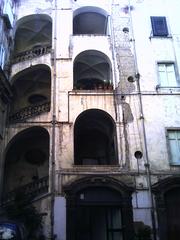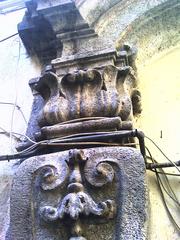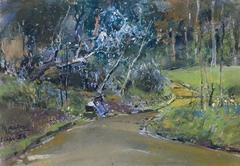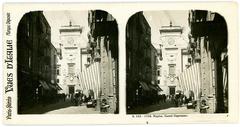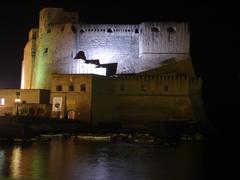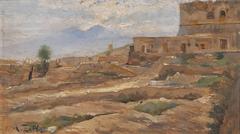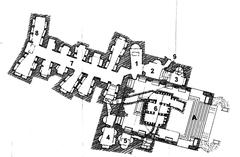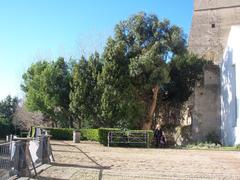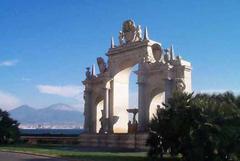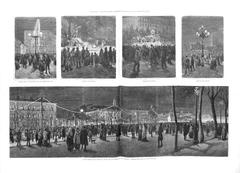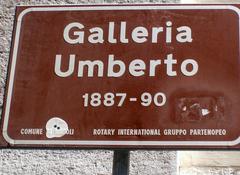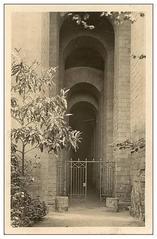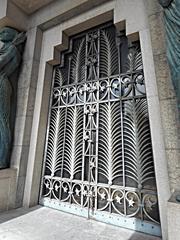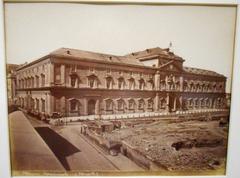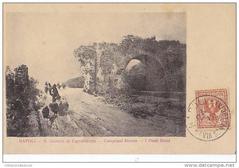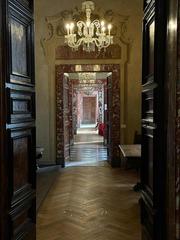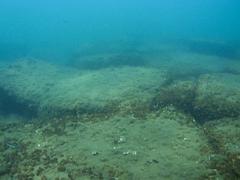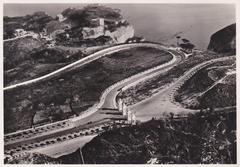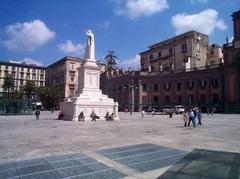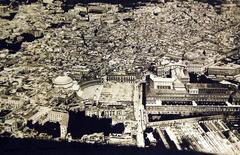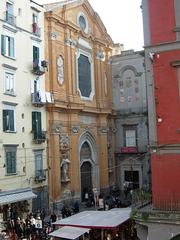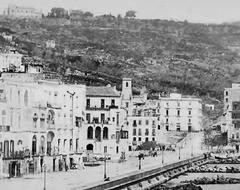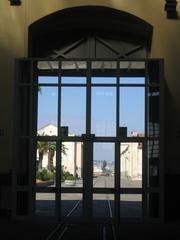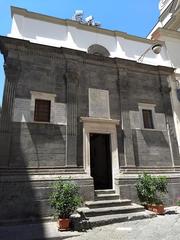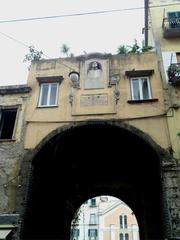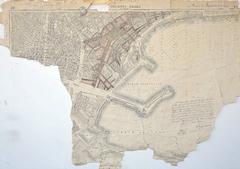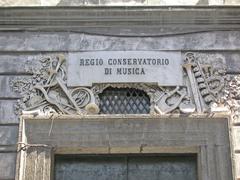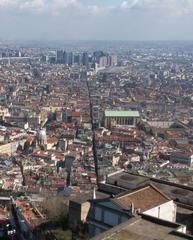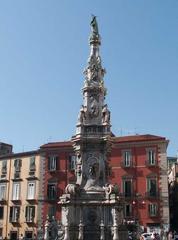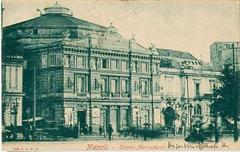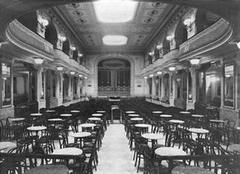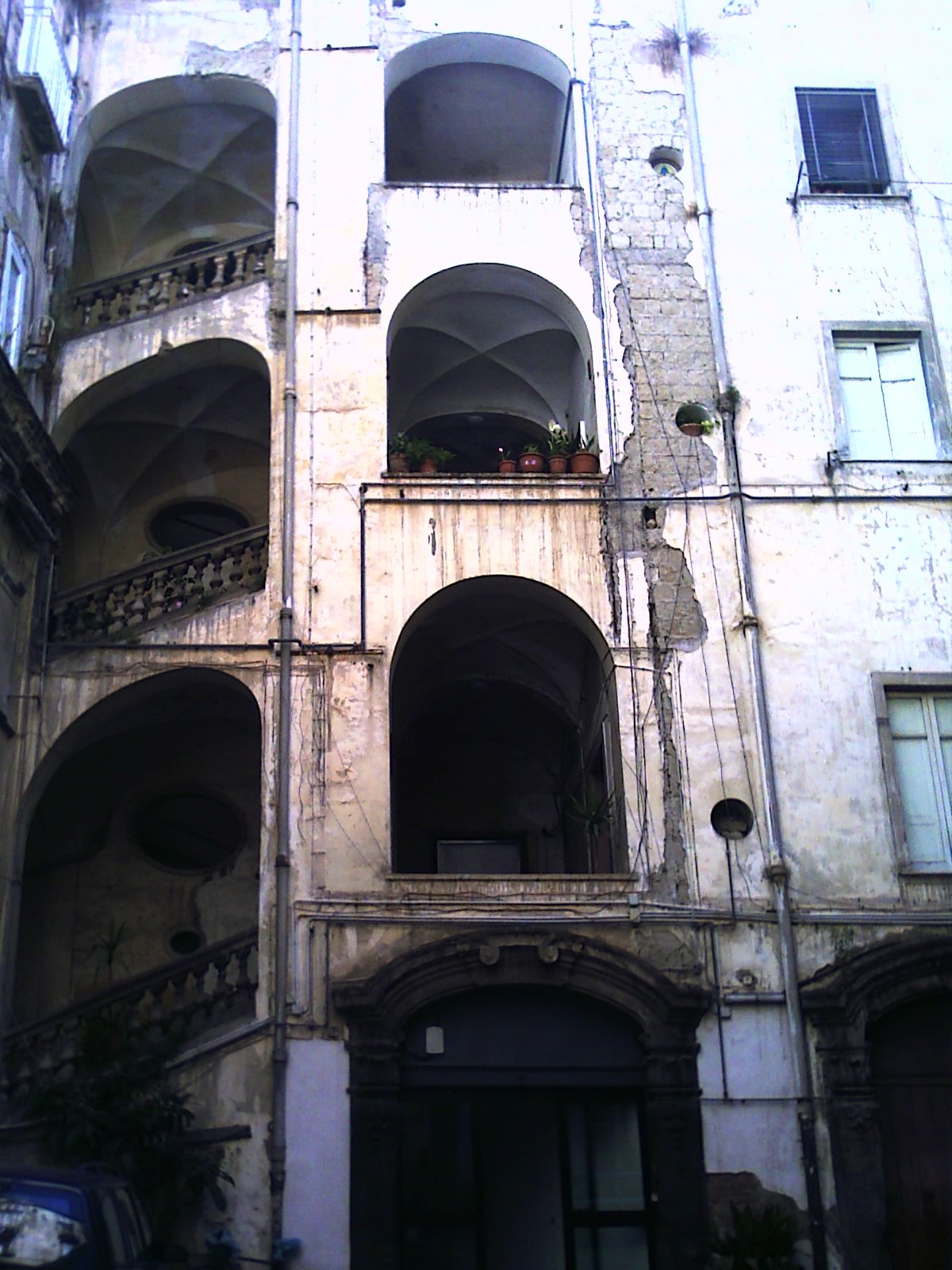
Visiting Melinoi: Hours, Tickets, and Tips
Date: 01/08/2024
Introduction
Nestled within the vibrant city of Naples, Italy, Melinoi is a district that boasts a rich historical and cultural heritage. With its origins tracing back to ancient Greek settlers in 470 BC, this area has seen the rise and fall of empires, from the Romans to the Byzantines, and the Normans to the Bourbons. Today, Melinoi remains a living testament to these epochs, offering visitors a unique blend of ancient ruins, grand palaces, and vibrant cultural traditions. This comprehensive guide aims to provide you with all the essential information you need for an unforgettable visit to Melinoi, from historical insights and key attractions to practical travel tips. Whether you’re a history enthusiast, a culinary explorer, or simply seeking to immerse yourself in the authentic Neapolitan way of life, Melinoi promises a captivating experience (Time Travel Turtle, Practical Travel Concepts).
Table of Contents
- Introduction
- Ancient Origins
- Roman Era
- Byzantine and Norman Periods
- Angevin and Aragonese Dynasties
- Bourbon Kings and Architectural Flourish
- Modern Era
- Key Historical Sites
- Cultural Significance
- Visitor Tips
- FAQ
- Conclusion
Exploring Melinoi: A Journey Through Naples’ Historical Gem
Ancient Origins
Melinoi, a district within the historic city of Naples, Italy, has a rich and varied history that dates back to ancient times. The area was originally part of the Greek settlement of Neapolis, founded around 470 BC. Neapolis, meaning “New City,” was one of the foremost cities in Magna Graecia and played a crucial role in the development of Ancient Roman culture, heavily influenced by Greek traditions (Time Travel Turtle).
Roman Era
During the Roman era, Melinoi, like the rest of Naples, became an important part of the Roman Empire. The city was known for its wealth and influence, serving as a cultural and economic hub. The Romans expanded the city’s infrastructure, building roads, aqueducts, and public buildings that laid the foundation for its future growth (Wikipedia).
Byzantine and Norman Periods
After the fall of the Roman Empire, Naples, including Melinoi, came under the control of the Byzantine Empire. This period saw the construction of several churches and fortifications, many of which still stand today. The Normans later conquered Naples in the 11th century, bringing with them new architectural styles and further fortifying the city (Time Travel Turtle).
Angevin and Aragonese Dynasties
Between the 13th and 15th centuries, Naples was the most important city for the Angevin dynasty. The Angevins expanded the city’s suburbs and built grand churches, many of which are located in Melinoi. The Aragonese dynasty followed, emphasizing the construction of imposing castles and opulent palaces, contributing to the area’s architectural grandeur (Time Travel Turtle).
Bourbon Kings and Architectural Flourish
From 1734, the Bourbon Kings embarked on ambitious architectural projects in Naples. The city became one of the major capital cities of Europe, full of incredible buildings, squares, and boulevards. Melinoi benefited from this period of prosperity, with many of its historic buildings dating back to this era (Time Travel Turtle).
Modern Era
In the modern era, Melinoi has seen significant changes, including the impact of World War II and subsequent urban development. Despite these changes, the area has retained much of its historic charm, making it a popular destination for tourists seeking to explore Naples’ rich history (Practical Travel Concepts).
Key Historical Sites
Churches and Religious Buildings
Melinoi is home to several historic churches that reflect its rich religious heritage. Notable among these is the Church of San Lorenzo Maggiore, a stunning example of Gothic architecture. The church’s underground excavations reveal layers of history, including Greek, Roman, and early Christian remains (Time Travel Turtle).
Visiting Hours: 9:00 AM - 5:00 PM
Tickets: €9 for adults, €6 for students and seniors
Palaces and Castles
The area also boasts several palaces and castles, such as the Castel Nuovo, also known as Maschio Angioino. This medieval castle, built by the Angevins, is a symbol of Naples’ historical significance and offers stunning views of the city and the Bay of Naples (Time Travel Turtle).
Visiting Hours: 8:30 AM - 7:00 PM
Tickets: €6 for adults, €3 for children
Archaeological Sites
Melinoi’s archaeological sites provide a glimpse into its ancient past. The Naples National Archaeological Museum, located nearby, houses one of the world’s most extensive collections of Greco-Roman artifacts, including many items excavated from the area (Practical Travel Concepts).
Visiting Hours: 9:00 AM - 7:30 PM
Tickets: €15 for adults, €7 for children
Cultural Significance
Festivals and Traditions
Melinoi is known for its vibrant cultural scene, with numerous festivals and traditions that reflect its rich history. One of the most famous is the Feast of San Gennaro, Naples’ patron saint. The festival, held annually in September, includes religious processions, music, and street food, attracting both locals and tourists (Italy On This Day).
Culinary Heritage
The area is also renowned for its culinary heritage. Naples is the birthplace of pizza, and Melinoi is home to some of the city’s most famous pizzerias, such as Pizzeria da Attilio and Palazzo Petrucci Pizzeria. These establishments offer a taste of authentic Neapolitan pizza, made with fresh, local ingredients (Cultured Voyages).
Visitor Tips
Best Time to Visit
The best time to visit Melinoi is during the shoulder months of April, May, June, and September. These months offer pleasant weather and fewer tourist crowds compared to the peak summer months of July and August. March and October can be rainy, so it’s best to avoid these months if possible (Cultured Voyages).
Accommodation
Melinoi offers a range of accommodation options to suit different budgets and preferences. For a luxurious stay, consider the Britannique Hotel, which offers fabulous suites and panoramic views. For a more budget-friendly option, Tric Trac Hostel provides a fun, modern atmosphere and a great breakfast (Time Travel Turtle).
Safety and Practical Tips
While Melinoi is generally safe for tourists, it’s important to be aware of your surroundings and use common sense. Petty crime, such as pickpocketing, can occur, especially in crowded areas. It’s advisable to keep your belongings secure and avoid displaying valuable items openly (Practical Travel Concepts).
FAQ
Q: What are the opening hours for the Church of San Lorenzo Maggiore?
A: The Church of San Lorenzo Maggiore is open from 9:00 AM to 5:00 PM.
Q: How much are the tickets for Castel Nuovo?
A: Tickets for Castel Nuovo are €6 for adults and €3 for children.
Q: When is the best time to visit Melinoi?
A: The best time to visit Melinoi is during the shoulder months of April, May, June, and September.
Conclusion
Melinoi, with its rich history and cultural significance, offers a unique and immersive experience for visitors. From ancient ruins and historic churches to vibrant festivals and delicious cuisine, the area provides a comprehensive glimpse into the heart of Naples. Whether you’re a history buff, a foodie, or simply a traveler seeking to explore the authentic Italian way of life, Melinoi has something to offer everyone. For more updates and travel tips, follow us on social media or download the Audiala mobile app.
